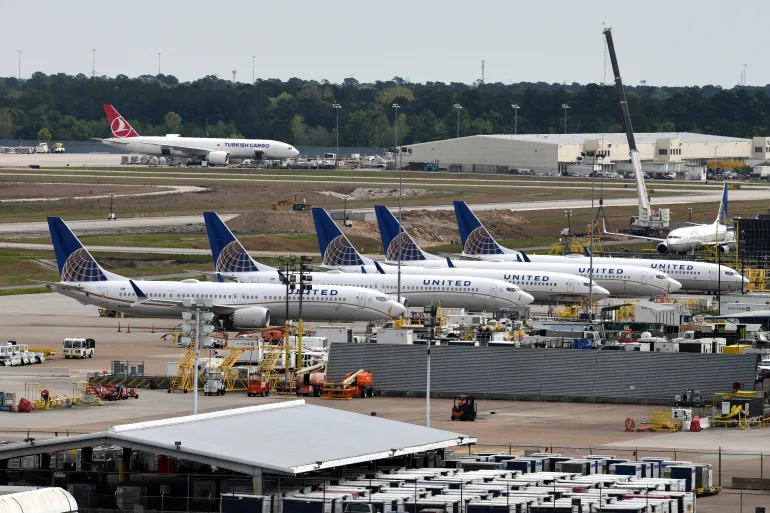The Boeing 737 Flight’s aviation industry once again finds itself under a microscope. After a concerning incident involving a Boeing 737 MAX 9 aircraft. Which led to an immediate and comprehensive investigation by the United States Federal Aviation Administration (FAA). This blog delves into the incident’s details, the subsequent actions taken by the FAA. And the broader implications for Boeing and the aviation sector.
The Incident Unfolded
In a startling event, an Alaska Airlines flight experienced a significant malfunction. When an external cabin panel detached from the aircraft mid-air shortly after takeoff from Portland, Oregon. This incident forced the aircraft to make an emergency landing. Thankfully without any severe injuries reported among the passengers or crew. The aircraft involved was a Boeing 737 MAX 9, a model that has previously faced scrutiny and global grounding following two fatal crashes attributed to design flaws.
FAA’s Swift Response
Reacting promptly to the incident, the FAA announced a formal investigation into the Boeing 737 MAX 9’s safety. Highlighting the gravity of the situation, the agency also grounded 171 Boeing MAX jets equipped with the same type of panel pending thorough safety inspections. This decision has primarily affected U.S. carriers such as Alaska Airlines and United Airlines. Causing a ripple effect with numerous flight cancellations and operational disruptions.
Unearthing Quality Control Concerns
The incident has reignited concerns regarding Boeing’s manufacturing and quality control processes. Preliminary inspections conducted by Alaska Airlines and United Airlines on grounded aircraft uncovered loose parts. Boeing 737 Flight’s. Adding to the mounting questions about Boeing’s assembly and inspection standards. These discoveries underscore potential systemic issues within Boeing’s manufacturing practices. And the oversight mechanisms in place to ensure aircraft safety and reliability.
Legislative and Legal Repercussions
The panel incident has drawn attention from U.S. lawmakers and sparked a broader debate about the FAA’s oversight efficacy and Boeing’s commitment to manufacturing safe airplanes. Boeing 737 Flight’s. The incident has not only impacted Boeing’s stock prices but has also led to a class-action lawsuit filed against the company on behalf of passengers, highlighting the significant economic, physical, and emotional toll on those involved.
The Road Ahead for Boeing 737 Flight’s
As Boeing navigates through this latest crisis, the company has pledged full cooperation with the FAA and the National Transportation Safety Board (NTSB) investigations. However, the incident puts Boeing’s manufacturing practices and the aviation industry’s regulatory standards under intense scrutiny. The outcome of the ongoing investigation will be critical in restoring confidence. Boeing 737 Flight’s. In Boeing’s best-selling jet family and ensuring such incidents do not recur.
Implications for the Aviation Sector
This incident is a stark reminder of the intricate challenges facing the aviation industry, emphasizing the paramount importance of robust quality control and transparent regulatory oversight. As the FAA continues its investigation. Boeing 737 Flight’s . The aviation community awaits decisive action that will address these systemic issues, ensuring the safety and reliability of aircraft operations worldwide.
The Boeing 737 Flight’s MAX 9 panel incident serves as a significant point of reflection for the aviation industry, highlighting the need for stringent quality controls, rigorous inspection protocols. And a transparent collaboration between manufacturers and regulatory bodies. As the situation unfolds, it is imperative that all stakeholders prioritize these elements to safeguard passenger safety and maintain public trust in air travel.
Read More Articles here. Inspired By Al-Jazeera news
